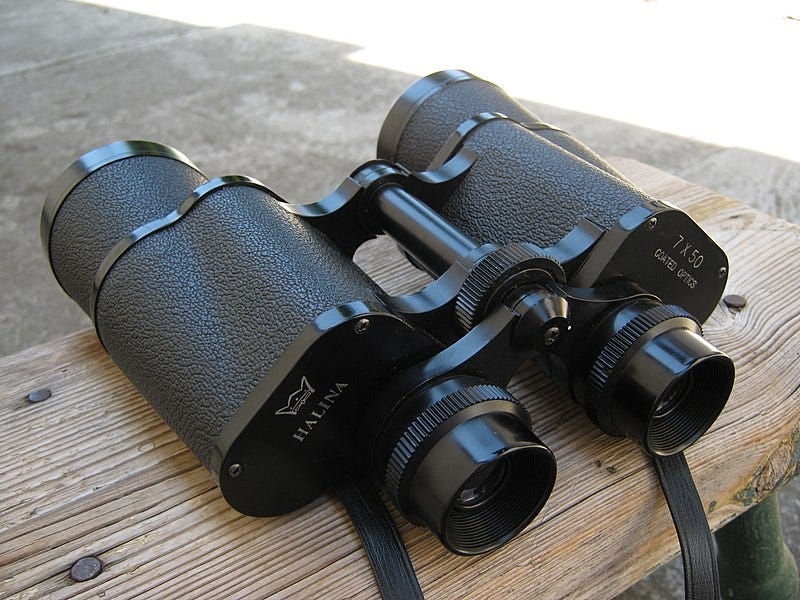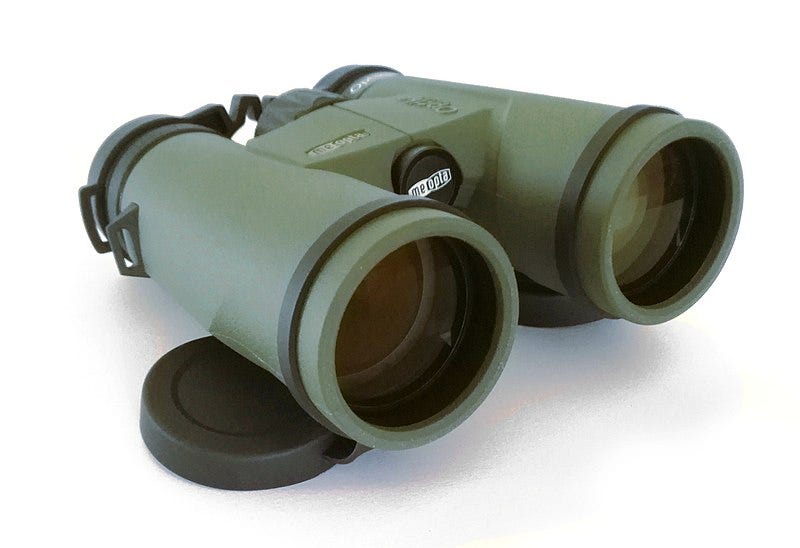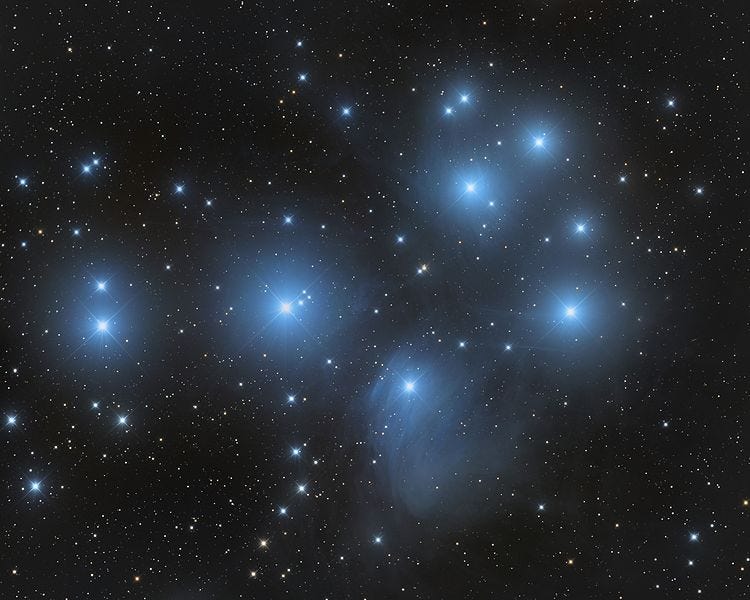Exploring the Universe: Stargazing Without Breaking the Bank
Written on
Chapter 1: The Allure of Stargazing
Stargazing offers a unique blend of relaxation and wonder that few activities can match. Yet, many individuals shy away from this hobby, believing it to be prohibitively expensive. While astronomy can indeed become costly, it can also be pursued affordably. If you are fortunate enough to have access to dark skies, you already possess the essential ingredient for starting your astronomical journey.
As a child, I spent countless hours lying on the grass, gazing up at the stars. In a dark location, the night sky reveals what seems like an endless expanse of stars, with the Milky Way appearing as a shimmering river of light. It’s easy to get lost in the beauty above us. A dark setting and a moonless night are all you truly need.
Most seasoned astronomers would agree that mastering the night sky should be the first step for any budding stargazer. This involves learning to recognize constellations, a skill that will greatly assist you in locating celestial objects later on, especially when you decide to invest in a telescope. To aid in this learning process, star charts are indispensable. Thankfully, you can find them in library resources and online for free. I prefer field guides, as they offer a wealth of information about the universe and its wonders, and they’re portable for your nighttime escapades. The knowledge gained from these guides enhances the satisfaction of identifying what you observe. If you plan to use these resources at night, a red-tinted flashlight is crucial. Red light preserves your night vision much better than white or yellow lights. You can create your own by covering a regular flashlight lens with red cellophane.
These tools will keep you engaged with the night sky for a long time. However, if you find yourself committed to the hobby, you may eventually want to buy a telescope. It’s wise to postpone this purchase as long as possible. A more economical choice would be a good pair of binoculars. This way, if you later decide to step away from astronomy, you won’t be left with an expensive telescope gathering dust. Be wary of cheap department store telescopes; many enthusiasts have quit the hobby in frustration after making such a mistake.
Opting for a decent pair of binoculars is a far better choice since they are versatile for various types of observing. They are lightweight, easy to carry, and can often be found for under $50. Look for 7x50 or 10x50 models; the first number indicates magnification, while the second refers to the size of the objective lens in millimeters. Don't be deceived by lower magnification—light-gathering capability is paramount for deep-sky viewing, and larger lenses capture fainter objects. While larger objective lenses would enhance performance, they can also become cumbersome to hold up for extended periods.

Photo by ??????? ????????? / Creative Commons Attribution 3.0 Unported license.
The advantages of binoculars for astronomy are well-articulated by Alan MacRobert, who notes, “Beginning stargazers often overlook binoculars for astronomy, but experienced observers keep them close at hand. Compared to a telescope, binoculars actually have certain advantages. They are smaller and provide lower magnification but are much lighter and easier to transport, use, and store. They offer a broader field of view, making it easier to spot celestial objects. Moreover, binoculars present images right-side up and correctly oriented, unlike telescopes which can be disorienting” (MacRobert).
However, it’s vital to avoid inferior models. Ensure that any binoculars you purchase are designed for astronomy, featuring fully coated optics to enhance light transmission and minimize glare. They should also have full-sized prisms to maximize light delivery to your eyes. As with any equipment, you get what you pay for. Avoid straight-through models, as these use small roof prisms unsuitable for stargazing.

Photo by Andreas Klehr / Creative Commons Attribution-Share Alike 4.0 International license.
Using good 10x50 binoculars to explore the Milky Way can ignite a lifelong passion for astronomy. While many will eventually want a telescope for detailed planetary and lunar observation, starting with binoculars can help you assess your level of interest before making a significant investment. If you do decide to buy a telescope, using binoculars first will allow you to save for a quality instrument and help you determine the type and size that suits you best, avoiding the many subpar options available.
Many deep-sky wonders are accessible with just binoculars. Objects like the Andromeda Galaxy, the Orion Nebula, and the Pleiades Star Cluster (shown below) are easily visible through 10x50 binoculars, as are numerous other open and globular star clusters.

Photo by Yoshi231 / Creative Commons Attribution-Share Alike 4.0 International license.
You can find suitable binoculars from a variety of reputable online retailers. One well-regarded name is Orion Telescopes and Binoculars. I have no affiliation with them, but I have purchased numerous binoculars, telescopes, and accessories over the years, always with satisfactory results. They also offer a great selection of red beam flashlights, books, and star charts to enhance your observing experience.
Regardless of where you choose to acquire your gear, I hope you soon find yourself under the stars, appreciating the universe in all its magnificence. After all, taking time to enjoy life is essential. Wishing you joy and clear skies ahead!
If you found this article helpful, please consider following me on Medium to support my work. Thank you!
Works Cited
Chapter 2: Expanding Your Knowledge
The first video titled "Investing in the Growing Space Economy" explores the burgeoning sector of space exploration and investment opportunities within it.
The second video, "What is the Space Economy?", provides an overview of the economic aspects of space activities and their implications for the future.